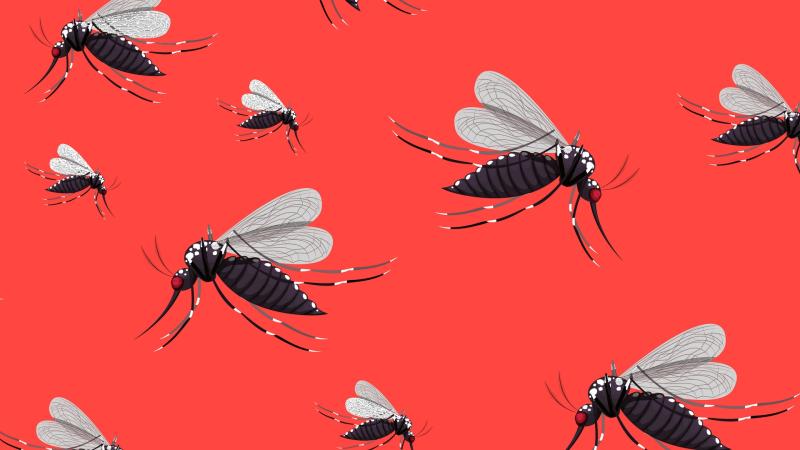
Beginning in 2015, physicians in Brazil began to notice an outbreak of rashes, fever, red eyes, joint pain and headaches in their patients. Though initially thought to be dengue, the illness was finally identified as an outbreak of the Zika virus. With 2016 olympics scheduled in Brazil, fear about the virus being spread globally began to emerge. As a result, the World Health Organization (WHO) declared the Zika outbreak as a public health emergency of international concern.
Zika is a mosquito-borne virus first identified in monkeys in Uganda. Since then, several human cases of the virus have been documented in various parts of the world. There are various neurological disorders and neonatal malfunctions linked to the virus. In children born to Zika infected mothers, for example, the virus can cause brain damage and microcephaly, as well as other congenital defects. Babies with microcephaly have unusually small heads, often accompanied by intellectual and motor disabilities. In adults, the Zika virus may lead to a disorder called Guillain-Barré syndrome, which is a form of temporary paralysis.
With its large population and conducive climatic conditions, India has the ideal conditions for the transmission and potential outbreak of the Zika virus. The virus is primarily transmitted by the bite of the infected female Aedes mosquito--a widely prominent mosquito in India that also causes dengue and chikungunya. And, there are no available drugs or vaccines effective against the virus.
“India has most of the conditions necessary for the Zika virus to spread. In order to prevent an outbreak, we need a structured surveillance program in place,” urges Dr. Farah Ishtiaq, from the Centre for Ecological Sciences at the Indian Institute of Science (IISc), Bangalore. In her recent study, Dr. Ishtiaq details how such a program can be developed to include screening before an outbreak arises, collecting baseline data, and researching on the ecology of the disease.
According to a report from WHO, so far, over 80 countries have reported a Zika virus transmission, including India, Thailand, Singapore and Bangladesh. India also has the climatic conditions necessary for a year-round transmission of the virus. Additionally, with over 60,000 air travelers arriving to India every year, the country’s 1.2 billion citizens become susceptible to Zika exposure, especially during the rainy season. The media has already reported four cases of Zika in India, though they are not the first.
An important first step to lower the risk of a Zika outbreak in India is screening both humans and mosquitoes for the presence of the virus. According to data from the Indian Council of Medical Research (ICMR), till date, a little over 24,000 Aedes mosquitoes have been screened so far for the virus in India. “This number is too low,” says Dr. Ishtiaq. There are significantly more mosquitoes than those screened for the virus. Besides the Aedes mosquito, other species of mosquito, such as the Culex quinquefasciatus, could also potentially transmit the virus and this must be screened too. Controlling the spread of mosquitoes goes a long way in controlling the disease, opines Dr. Ishtiaq.
In addition, other animals, such as birds, horses, bats, and so on, could also be hosts of the Zika virus. Due to a lack of research on how infectious diseases interact and influence the ecosystems they are in, the potential of other animals being hosts of the virus in India has never been considered.
The next step is to screen the transmission of the virus in the case of pregnant mothers to their infants. Children born with microcephaly at birth should be screened too in order to check for the virus in mothers. Dr. Ishtiaq highlights, “It is important to conduct screenings to identify whether reported microcephaly cases in India are Zika-linked or not. To do this, we need to begin collecting data on microcephaly and other birth defects linked to the Zika infection.”
Finally, all these sources of data need to be collated and documented accurately in order to create a comprehensive database. This kind of baseline data can further help to assess the future risk of the disease and monitor potential birth defects across the country. It would also enable the international scientific community to understand the extent of the disease by understanding the strain and genetic data of the Zika virus.
Dr. Ishtiaq believes that Zika surveillance could be enhanced in India through the ‘one health’ approach, where multiple sectors and stakeholders work together to achieve better public health results. “To assess and manage the risk of future diseases, we need the collaboration of everyone involved – doctors, public officers, and so on. Even researchers, like us, will do our part”, she signs off.






